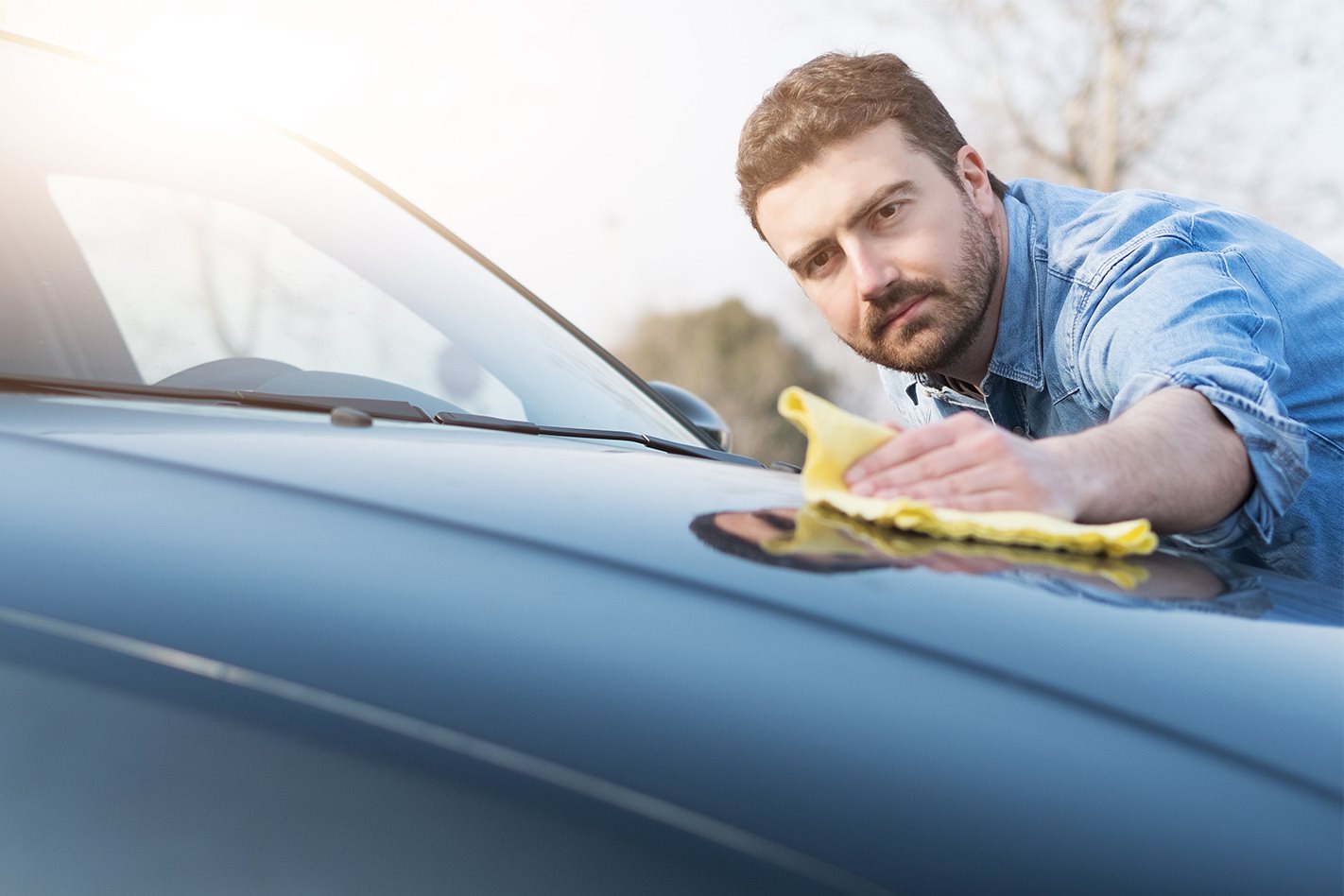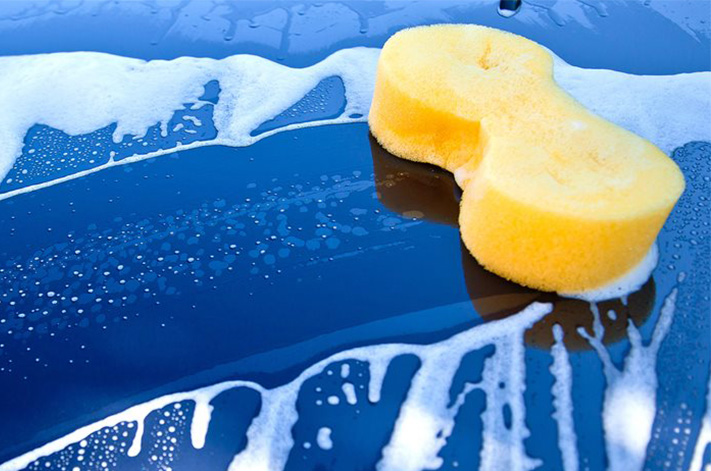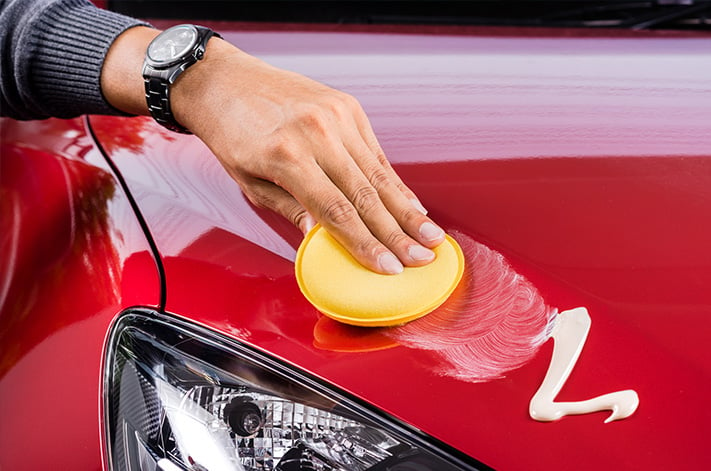
Waxing and polishing is important for maintaining a car’s paint, and can also help restore a faded paint job back to its original glossy glory.
While it’s a relatively simple job that most people can do at home there are a few important things to know before you start smearing your car in wax, so we sought expert advice from James Kennedy, co-owner of Mothers Polish.
Wash first
Kennedy says it’s important to wash the car properly before waxing, using a good quality car wash. A wash and wax type detergent is fine even if applying wax afterwards.
Kennedy advises using the ‘two bucket method’, with one vessel containing the car wash soap and the other just water. This prevents dirt coming off the car from contaminating the soapy solution that’s about to go on it, which could result in scratched or marked paint.

The right gear
As well as the appropriate wax products for the job, Kennedy recommends using microfiber wax applicators and towels and good quality sponges for polishing.
“All the materials that will touch the paint do make a difference,” he says. “If you’re using old-school cheesecloth or terry towel the polishes and waxes can get knotted up in them and can cause their own scratches in the painted surface.”
A rotary or orbital polisher with a buffing pad will quicken the process but isn’t necessary – most retail polishing products work fine when applying by hand.
Wax products
Newer cars generally need a single-step process with products such as cleaner wax that clean the paint rather then cut through the top layer.
“Cutters are old-school technology,” Kennedy says.
“People keep asking for a cut and polish whereas that’s possibly not the most ideal method of detailing a car in the modern age,” advises Kennedy. “Smoothing out imperfections rather than just taking off a layer of clear coat off the surface is more preferable.
“A clear coat on the paint is only a couple of strands of hair thick so you don’t want to take too much away from that surface.
If you want a deep shine Kennedy recommends glazes rather than a traditional wax or cutting compound.
“[Glazes] are more of a filler than a smoothing of the paint and gives that deep, looking into a swimming pool, kind of reflection.”
For older cars Kennedy recommends a final step using Carnauba or synthetic wax for extra shine and protection.
Clay bar
Cars that need more work to restore colour and shine might require a clay bar rub before polishing to remove debris off the paint surface such as embedded grains of metal, tree sap and paint overspray, which could cause more damage during polishing and interfere with the effectiveness of the process.
“If you run your hand over the surface and its rough to touch then you need to get that off with the clay bar before it starts to break down the clear coat. “
- Use the clay bar after washing the car and keep the paintwork damp and lubricated by spraying dome detailing spray (or soapy water) on a small area that you’re about to rub.
- Slide the clay bar over the lubricated surface to remove debris from the paint. Work on small sections at a time.
- Regularly knead the bar, folding the dirty areas into the centre and knead out again to expose fresh clay.
- The clay bar removes old wax from the paint too so always wax afterwards.
Waxing method
When waxing your car avoid doing it in hot sunlight. Ideally you want the paint surface to be cool to stop the polish from drying too quickly which prevents it from bonding to the surface properly.
Use circular motions if applying by hand to one small area at a time. Working on one panel at a time is a good approach.
Start with a little bit of product and build it up rather than just piling it on – excess polish dried on the surface is wasted product.

Kennedy says it’s also important not to rush and let the polish sink in and dry.
“You actually need to let the polish dry to let it activate properly, especially the wax because if you put it on and buff it straight off you haven’t allowed enough to let it settle and cure to the surface.
Also use circular motions when polishing and removing excess product.
Remove excess wax from non-painted surfaces with a cloth before it hardens and use a brush for nooks and crannies such as badges.
When to wax next
Kennedy says timing between waxes depends on where you live and how you drive and store your car, with the interval able to be prolonged with regular washing.
“If you live by the beach or do 1000 kilometres a week or of it stays outside you’re going to have to do it more regularly. It’s a matter of keeping an eye on it and keeping it washed and keeping stuff off the surface is always better.”




